Little knowledge about flame retardant and fireproof cables
Flame retardant Cable knowledge
1. Classification of flame retardant cables
1. Flame retardant cable (FlameRetardant)
The characteristic of flame-retardant cables is that they delay the spread of flames along the cables and prevent the fire from expanding. Due to its low cost, it is a widely used cable variety in fire-resistant cables. Whether it is a single cable or laid in bundles, when the cable is burned, the spread of the flame can be controlled within a certain range. Therefore, major disasters caused by cable fire and extended combustion can be avoided, thereby improving the fire protection level of cable lines. .
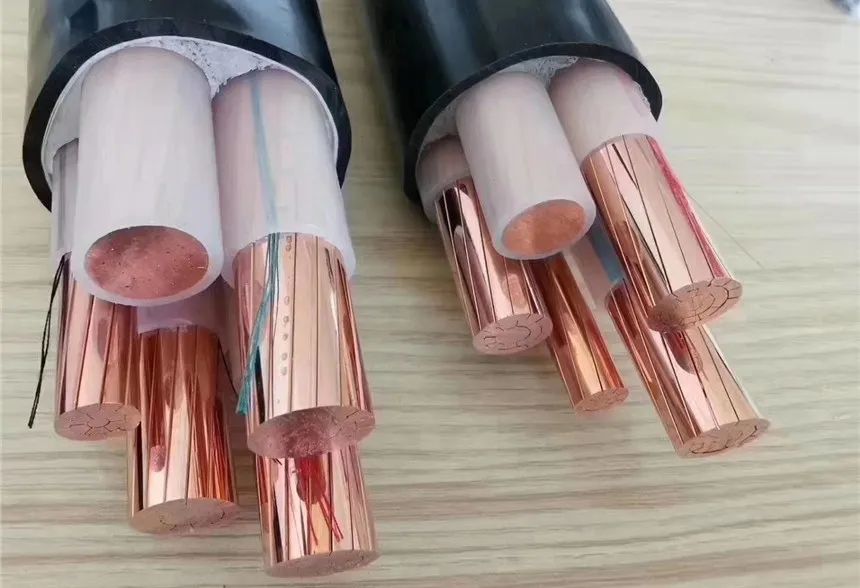
2. Halogen-free low smoke flame retardant cable (LSOH)
The characteristic of halogen-free and low-smoke cables is that they not only have excellent flame retardant properties, but the materials constituting the low-smoke and halogen-free cables do not contain halogens, are less corrosive and toxic when burned, and produce a very small amount of smoke, thereby reducing the impact on the human body. , instruments and equipment damage, which is conducive to timely rescue in the event of fire. Although halogen-free low-smoke flame-retardant cables have excellent flame retardancy, corrosion resistance and low smoke concentration, their mechanical and electrical properties are slightly worse than ordinary cables.
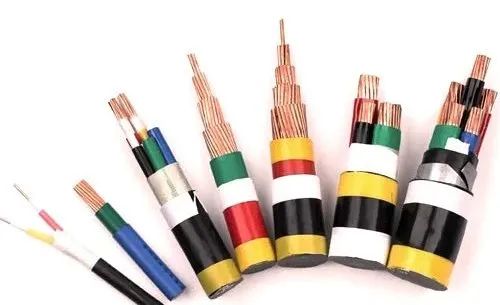
3. Low halogen and low smoke flame retardant cable (LSF)
The hydrogen chloride release amount and smoke concentration index of low-halogen low-smoke flame-retardant cables are between those of flame-retardant cables and halogen-free low-smoke flame-retardant cables. Low Halogen (Low Halogen) cable materials also contain halogen, but the content is lower.
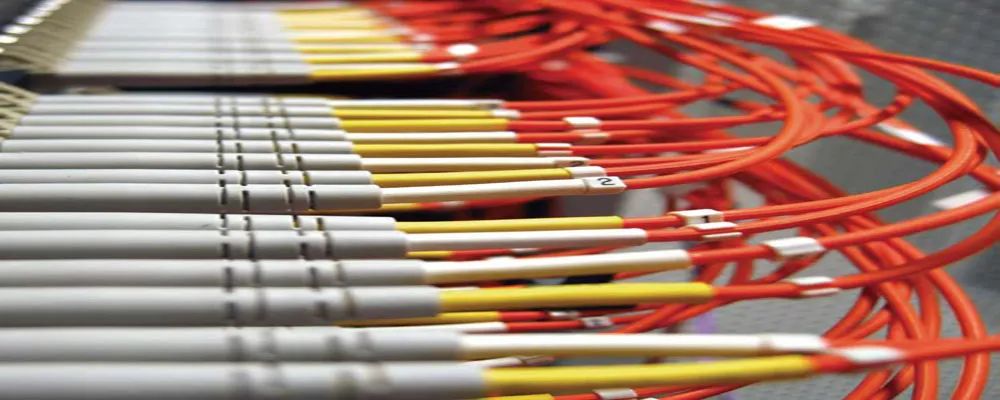
This cable is characterized by not only flame retardant properties, but also releases less smoke and less hydrogen chloride when burned. This kind of low-halogen, low-smoke flame-retardant cable is generally made of polyvinyl chloride (PVC) as the base material, and is processed with high-efficiency flame retardants, HCL absorbers and smoke suppressants. Therefore, this flame retardant material significantly improves the combustion performance of ordinary flame retardant polyvinyl chloride materials.
4. Fire-resistant cable (FireResistant)
Fire-resistant cables can maintain normal operation for a certain period of time under flame burning conditions and maintain the integrity of the circuit (Circuit Intergrity). Fire-resistant and flame-retardant cables produce less smoke when burning, and their fire-resistant and flame-retardant properties are greatly improved. Especially when burning, accompanied by water spray and mechanical knocking and vibration, the cable can still maintain complete operation of the line.
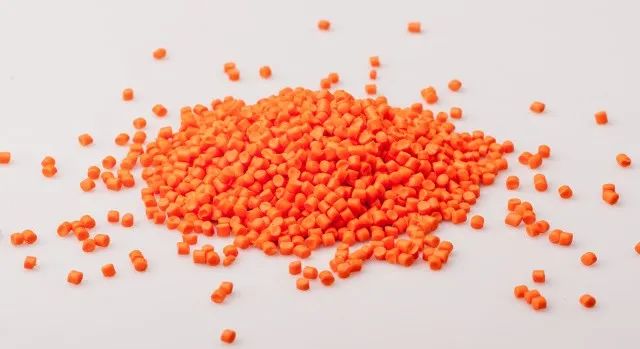
2. Flame retardant cable standards and grades
The main technical indicators of cable fire safety are the flame retardancy of the cable, the density of smoke and the toxicity of the gas. During the burning process of cables, the concentration of carbon monoxide (CO), the amount of halogen acid (HCL) released, gas corrosiveness, smoke concentration, gas toxicity and the heat release of CO2 converted into CO2 are the main factors that determine whether people can safely escape from the fire scene.
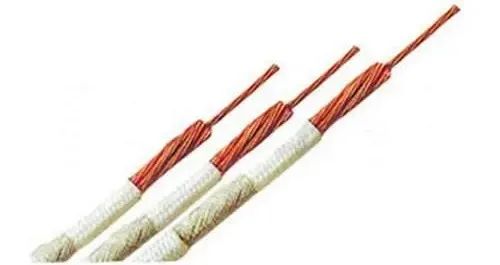
1. IEC flame retardant grade
In order to evaluate the flame retardant performance of cables, the International Electrotechnical Commission has formulated three standards: IEC60332-1, IEC60332-2 and IEC60332-3. IEC60332-1 and IEC60332-2 are used to evaluate the flame retardant ability of a single cable when laid obliquely and vertically (domestic corresponding standards GB12666.3 and GB12666.4). IEC60332-3 (domestic equivalent of GB12666.5-90) is used to evaluate the flame retardant ability of bundled cables when they are burned vertically. In comparison, the requirements for flame retardant ability of bundled cables when they are burned vertically are much higher.
IEC60332-1/BS4066-1 flame retardant grade test stipulates that a 60cm long sample is vertically fixed in a metal box with an open front wall, and a propane burner with a flame length of 175mm is placed 450mm away from the upper fixed end of the sample. The flame cone contacts the cable at an angle of 45 degrees. If the burned damaged part of the sample is no more than 50mm from the lower part of the fixed end, the test passes.
IEC60332-3/BS4066-3 flame retardant grade test stipulates that bundled 3.5m-long cable samples are fixed on a ladder test frame with iron wires. The number of samples is determined according to the non-metallic materials required by different classifications. The sample is hung vertically on the back wall of the combustion furnace, and air is introduced into the furnace through the air inlet on the bottom plate. The propane flat burner contacts the sample with a flame of 750°C. The sample must not ignite within 20 minutes of vertical combustion under forced air blowing (air discharge 5m3/minute, wind speed 0.9m/second). The cable will not ignite during the flame spread. Will self-extinguish within 2.5 meters. IEC60332 is divided into Class A, Class B, Class C and Class D to evaluate the flame retardant performance.
2. UL flame retardant standard
If any cable listed by UL has been tested and verified to meet a certain fire rating, the UL identification, fire rating and approval number can be printed on the cable.
1) Pressure level – CMP level (supply air combustion test/Steiner Tunnel test PlenumFlameTest/SteinerTunnelTest) This is the UL fire protection standardThe cable with the highest requirements (PlenumCable), the applicable safety standard is UL910. CMP cables are usually installed in ventilation ducts or air return pressurization systems used in air handling equipment. FEP/PLENUM materials that meet the UL910 standard have better flame retardant properties than low-smoke halogen-free materials that meet the IEC60332-1 and IEC60332-3 standards. It has good flame retardant properties and produces low smoke concentration when burned.
2) Trunk level – CMR level (RiserFlameTest) is a commercial grade cable (RiserCable) in the UL standard, and the applicable safety standard is UL1666. The experiment stipulates that multiple specimens are laid on a simulated upright shaft. Trunk-level cables do not have smoke concentration specifications and are generally used for vertical and horizontal wiring on floors.
3) Commercial grade – CM grade (Vertial Tray Flame Test) is a commercial grade cable (General Purpose Cable) in the UL standard, and the applicable safety standard is UL1581. Generally, it is only used for horizontal wiring on the same floor and should not be used for vertical wiring on the floor.
4) General level-CMG level (Vertial Tray Flame Test) is a general-purpose cable (General Purpose Cable) in the UL standard, and the applicable safety standard is UL1581. Generally, it is only used for horizontal wiring on the same floor and should not be used for vertical wiring on the floor.
5) Household grade – CMX grade (vertical wire flame test) is a household grade cable (RestrictedCable) in the UL standard, and the applicable safety standard is UL1581. This grade also has no smoke or toxicity specifications and is intended only for use in home or small office systems running a single cable. Such cables should not be laid in bundles and must be sleeved.








